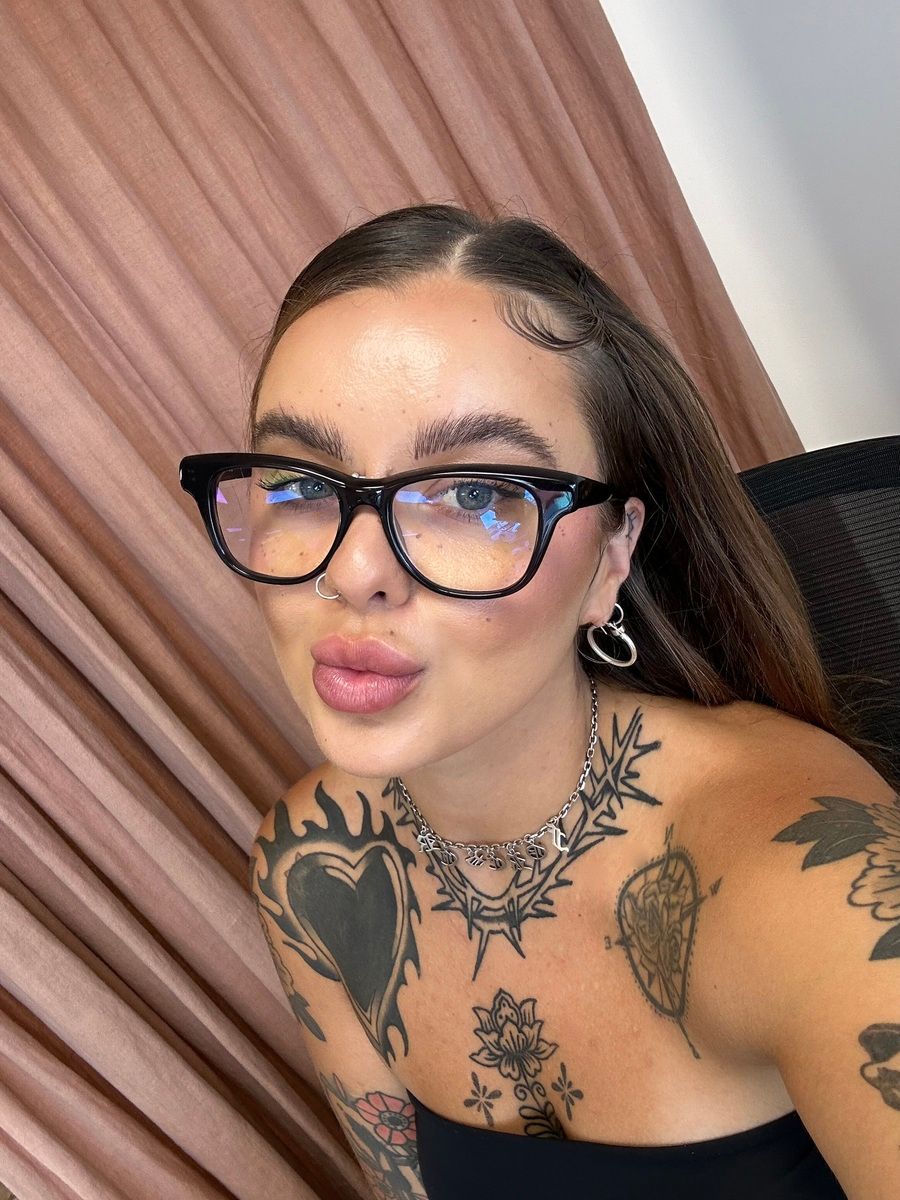
Say goodbye to mega and micro influencers. Hyper-niche creators are about to take over our feeds this year. In addition, virtual influencers and immersive experiences will be on the rise. Here’s how brands can jump on these trends right now…
In a world where influencers sell everything from lip gloss to lawnmowers, what does 2025 have in store for the creators who rule our feeds?
Influencer marketing has been steadily evolving over the last few years. And the brands that keep up will be the ones that thrive.
So on that note, let’s break down the trends shaping the influencer landscape—and how marketers can ride these waves without wiping out.
1. The hyper-localised influencer boom
Move over, mega and micro influencers.
The future belongs to the nano and hyper-local creators who cater to niche communities. In 2025, it’s less about massive follower counts and more about intimate, highly engaged audiences.
Think a food blogger who knows the best dim sum spots in San Francisco or a DIY enthusiast specialising in upcycled furniture in London.
Brands are leaning on these creators to build authentic connections.
Why?
Hyper-local influencers bring trust and a direct line to their community. Advanced AI tools are making it easier to identify these small but mighty creators, forecasting their potential ROI with surgical precision.
The key for marketers? Stop chasing scale and start focusing on specificity.
2. The rise of virtual influencers
If 2024 was the year AI influencers became a thing, 2025 will be the year they’re unavoidable.
From Lil Miquela to entirely new virtual personalities, these avatars are gaining traction for their perfectly curated content and scandal-free existence. That said, consumers are still suckers for human authenticity.
Smart brands will balance the two worlds. Pair virtual influencers with real ones to maintain relatability while benefiting from the consistency and control AI offers.
Could we see an AI influencer co-hosting campaigns with their human counterpart? You bet. It’s a brave new (and slightly scary) world.
3. Shopping on every platform
Like, all the time.
Shoppable content isn’t new, but this year, it’ll be everywhere.
From TikTok Shop to YouTube’s live shopping events, influencers went from recommending products to becoming walking, talking storefronts.
Add in AR-driven try-ons and gamified shopping experiences, and buying through an influencer will feel less like a transaction and more like an adventure.
Brands should lean into this trend by investing in seamless integration. Think exclusive product drops or subscription models accessible only through influencer collaborations.
Shoppable content isn’t just about sales—it’s about creating an immersive brand experience.
4. More data, more accountability
Enhanced analytics mean influencer campaigns will be more data-driven than ever. But with great data comes great scrutiny. Regulators are cracking down on opaque practices, from undisclosed partnerships to questionable ROI claims.
Transparency will be non-negotiable in 2025. And brands will need to ensure their influencer strategies hold up under a microscope.
For marketers, this means choosing creators who align with their values and setting clear, measurable goals. It’s not just about tracking sales but also understanding how influencers drive long-term brand loyalty.
5. Influencers as entrepreneurs
Why settle for promoting products when you can launch your own?
In 2025, we’ll see more influencers transitioning into full-fledged entrepreneurs. From Addison Rae’s beauty line to MrBeast’s Feastables, creators are leveraging their personal brands to launch products that feel uniquely theirs.
For brands, the takeaway is clear: don’t just collaborate; co-create. Partnering with influencers to design exclusive lines or limited-edition products can deepen engagement and create buzz.
The future is all about shared ownership.
6. B2B influencers are having a moment
And it’s not all fashion hauls and skincare routines.
B2B influencers are carving out their own space, proving that business content can be engaging too. In 2025, expect to see more SaaS platforms, tech tools, and even industrial brands partnering with LinkedIn creators and niche thought leaders to drive awareness and conversions.
This trend highlights the growing sophistication of influencer marketing. It’s not just about selling to consumers. It’s about influencing decision-makers at every level.
7. Interactive campaigns
Why passively watch when you can participate?
AR and VR technologies are opening up new possibilities for interactive influencer campaigns. From virtual fashion shows to live Q&A product demos, 2025 will see influencers turning their followers into active participants.
Gamified elements—like rewards for purchases or interactive storylines—can make campaigns more engaging and memorable.
The goal? Make shopping less of a chore and more of an experience.
The big picture
Influencer marketing in 2025 isn’t about playing it safe. It’s about innovation, authenticity, and creating connections that resonate. And the future belongs to brands that embrace the evolving influencer landscape.
Because the real influencers aren’t just selling products—they’re shaping culture. Are you ready to join them?
-Sophie, Writer
Not going viral yet?
We get it. Creating content that does numbers is harder than it looks.
But doing those big numbers is the fastest way to grow your brand.
So if you’re tired of throwing sh*t at the wall and seeing what sticks, you’re in luck.
Because making our clients go viral is kinda what we do every single day.
